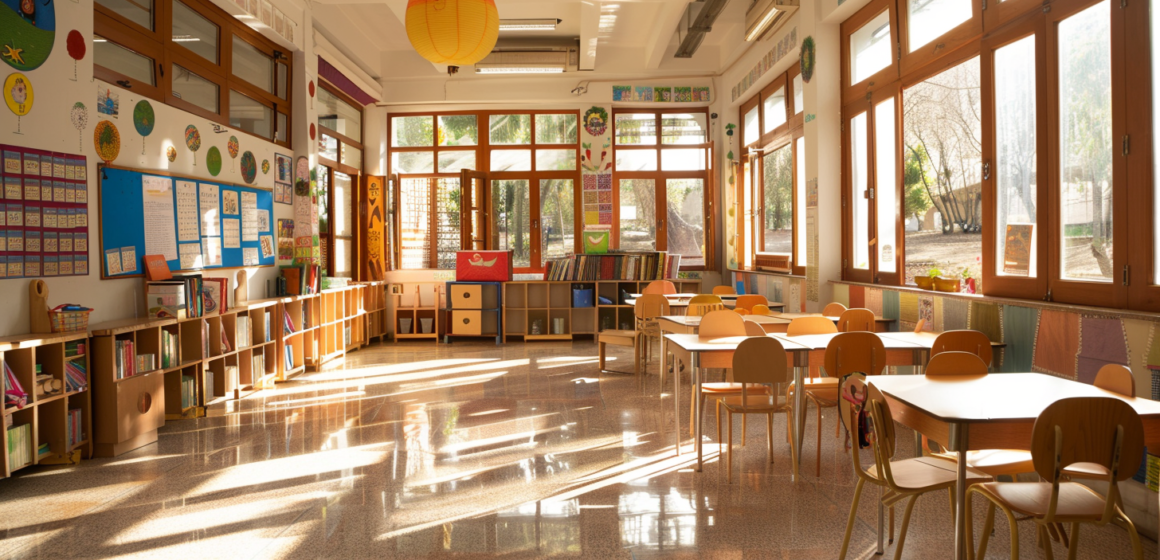Exploring Educational Paradigms: Contrasting Kintess School with Awty International School
In the realm of education, the diversity of approaches is as vast as the diversity of learners themselves. Each school embodies a unique philosophy, methodology, and culture, shaping the educational journey of its students. Among the myriad of educational institutions worldwide, Kintess School and Awty International School stand out as prime examples of two distinct paradigms. While both institutions aim to foster academic excellence and holistic development, they diverge significantly in their approaches. This article delves into the fundamental differences between Kintess School and Awty International School, shedding light on their educational philosophies, teaching methodologies, extracurricular offerings, and overall learning environments.
Kintess School: Nurturing Individuality and Critical Thinking
Kintess School, established in [Year], embodies a progressive educational philosophy focused on nurturing individuality and fostering critical thinking skills. At its core, Kintess values the uniqueness of each student and aims to create an environment where learners feel empowered to explore their interests and passions.
- Student-Centered Approach: Kintess School adopts a student-centered approach to education, placing the learner at the forefront of the educational experience. Unlike traditional models where students passively receive information, Kintess emphasizes active engagement, collaborative learning, and personalized instruction. Teachers serve as facilitators, guiding students on their learning journeys while encouraging independent thinking and creativity.
- Inquiry-Based Learning: Central to Kintess’s pedagogy is inquiry-based learning, where students are encouraged to ask questions, investigate topics of interest, and construct their own understanding of concepts. Through hands-on projects, experiments, and real-world applications, students develop problem-solving skills and a deep appreciation for learning.
- Holistic Development: Beyond academic achievement, Kintess prioritizes the holistic development of students, recognizing the importance of emotional intelligence, resilience, and social skills. The school offers a comprehensive curriculum that includes mindfulness practices, community service initiatives, and leadership development programs, fostering well-rounded individuals poised for success in an ever-changing world.
Awty International School: Global Perspective and Cultural Fluency
In contrast to Kintess School’s progressive approach, Awty International School, founded in [Year], embodies a more traditional yet globally minded educational philosophy. As an International Baccalaureate (IB) World School, Awty places a strong emphasis on cultural fluency, global awareness, and academic rigor.
- International Baccalaureate Curriculum: Awty International School follows the renowned International Baccalaureate (IB) curriculum, known for its rigorous academic standards and emphasis on intercultural understanding. The IB framework encourages students to become active, compassionate, and lifelong learners who understand the complexities of our interconnected world.
- Multilingual Education: One of Awty’s distinguishing features is its commitment to multilingual education. The school offers a comprehensive language program where students have the opportunity to become proficient in English, French, and Spanish. This emphasis on multilingualism not only enhances communication skills but also fosters a deeper appreciation for diverse cultures and perspectives.
- Global Experiential Learning: Awty International School provides ample opportunities for global experiential learning through international exchanges, service trips, and cultural immersion programs. Students engage with peers from different backgrounds, participate in collaborative projects, and gain firsthand experience of global issues, preparing them to become responsible global citizens.
Comparative Analysis:
While both Kintess School and Awty International School strive for academic excellence and holistic development, they differ significantly in their educational philosophies, methodologies, and cultural contexts.
- Philosophical Differences: Kintess School prioritizes individuality, critical thinking, and inquiry-based learning, fostering a sense of curiosity and creativity in students. In contrast, Awty International School emphasizes cultural fluency, global awareness, and academic rigor within the framework of the International Baccalaureate (IB) program.
- Methodological Variances: Kintess employs a student-centered approach with a focus on active engagement, collaborative learning, and personalized instruction. On the other hand, Awty follows a more structured approach aligned with the IB curriculum, emphasizing academic rigor, multilingual education, and global experiential learning.
- Cultural Context: Kintess School caters to a diverse student body, encouraging individual expression and embracing cultural diversity within its community. Awty International School, as an IB World School, fosters intercultural understanding and global citizenship, preparing students to thrive in an increasingly interconnected world.
Conclusion:
In the landscape of education, diversity reigns supreme, with each institution offering a unique blend of philosophies, methodologies, and cultural experiences. Kintess School and Awty International School exemplify two distinct paradigms, each with its strengths and contributions to the educational landscape. While Kintess prioritizes individuality, critical thinking, and inquiry-based learning, Awty emphasizes cultural fluency, global awareness, and academic rigor within the framework of the International Baccalaureate program. Ultimately, both institutions share a common goal: to inspire lifelong learning, cultivate global citizens, and empower students to shape a better future.
